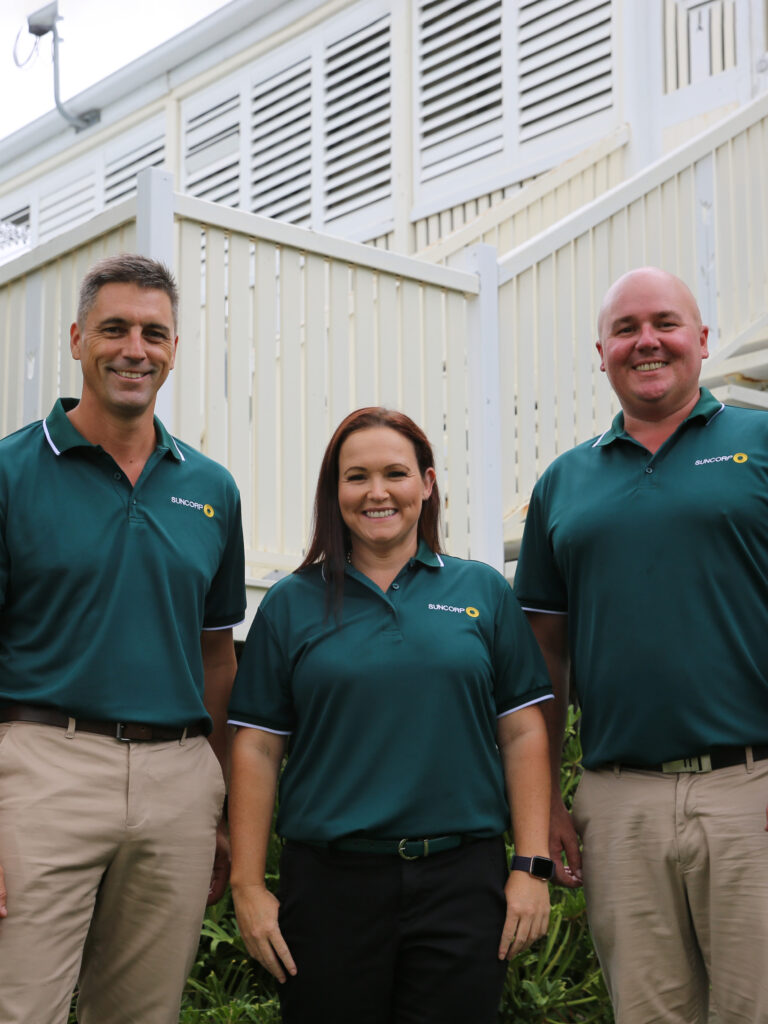
Roof design may seem straightforward, but there are many things to consider when selecting one for your home or when moving into a new house. Roofs exist for more than just aesthetic purposes; they are also critical for the structural integrity of your house.
For a wind-resistant roof, the ability to withstand gale force winds, updrafts and downdrafts is the first thing to tick off. The roof styles to help endure high-speed winds are ones with specific shapes — like hip roofs.
The northern coastlines of Queensland can often face incredibly high winds in mid to late summer, which can cause severe damage to roofs of local homes. Roof damage is often due to a ‘suction force’ – which causes stress on a roof as wind changes in velocity and speed.
Roof strength is determined by a number of factors. A roof can be strengthened by effective reinforcing plates under the heads of the roofing screws and well installed roof screws to batten. One House has utilised features such as cyclonic roofing fasteners that help the cladding resist larger gusts than standard fixings and can be inspected more easily throughout the season to ensure their efficacy.
Luckily, the cost differences between standard roof fixings and cyclonic fasteners are minimal – with only a slight increase to better ensure roof safety with cyclone-rated screws, but you need to make sure that the connections below the roof are also capable of carrying the loads.
If your house was built before the mid-1980s in Queensland, it may not have been built to cyclonic building standards and therefore may not have appropriate connections to resist cyclonic winds. It is recommended that you have your roof inspected by a qualified building practitioner to advise you whether your metal or tile roof has appropriate connections.
The information is intended to be of a general nature only. Subject to any rights you may have under any law, we do not accept any legal responsibility for any loss or damage, including loss of business or profits or any other indirect loss, incurred as a result of reliance upon it – please make your own enquiries.

AUTHOR:
DATE:
From the simple to the complex, see which upgrades can help better protect your home.

An Australian first for Home Insurance. It’s our commitment to help create more resilient homes. It means that if your home is substantially damaged, we’ll rebuild it stronger with recommended resilience options up to $10,000, in addition to your sum insured, all designed to help withstand severe weather5.

Helping build a more resilient Queensland together.
Insurance is issued by AAI Limited ABN 48 005 297 807 (AAI) trading as Suncorp Insurance. Please read the relevant Product Disclosure Statement before buying any insurance products. The Target Market Determination is also available. The information is intended to be of a general nature only. Subject to any rights you may have under any law, we do not accept any legal responsibility for any loss or damage, including loss of business or profits or any other indirect loss, incurred as a result of reliance upon it – please make your own enquiries.
4. A premium reduction may be available to eligible Suncorp Home or Landlord Insurance customers, with properties above tropic of Capricorn, within 100km from the coast and with certain risk mitigation measures. Eligibility criteria, terms and conditions apply. Find out more.
5. Cover applies to claims with building damage over $50,000 or 10% of sum insured, whichever is highest. Resilience improvements are tiered according to level of cover up to $10,000. Limits, conditions and exclusions apply. Please read the relevant Product Disclosure Statement before you make any decision regarding this product.
COOKIE AND DATA POLICY
We use cookies and other related technologies to improve and tailor your website experience. See our Cookie and Data Policy. This policy provides information about how Suncorp collects and uses data related to your online activity, and how you can choose to remain anonymous.